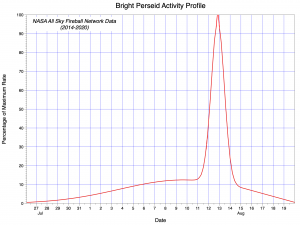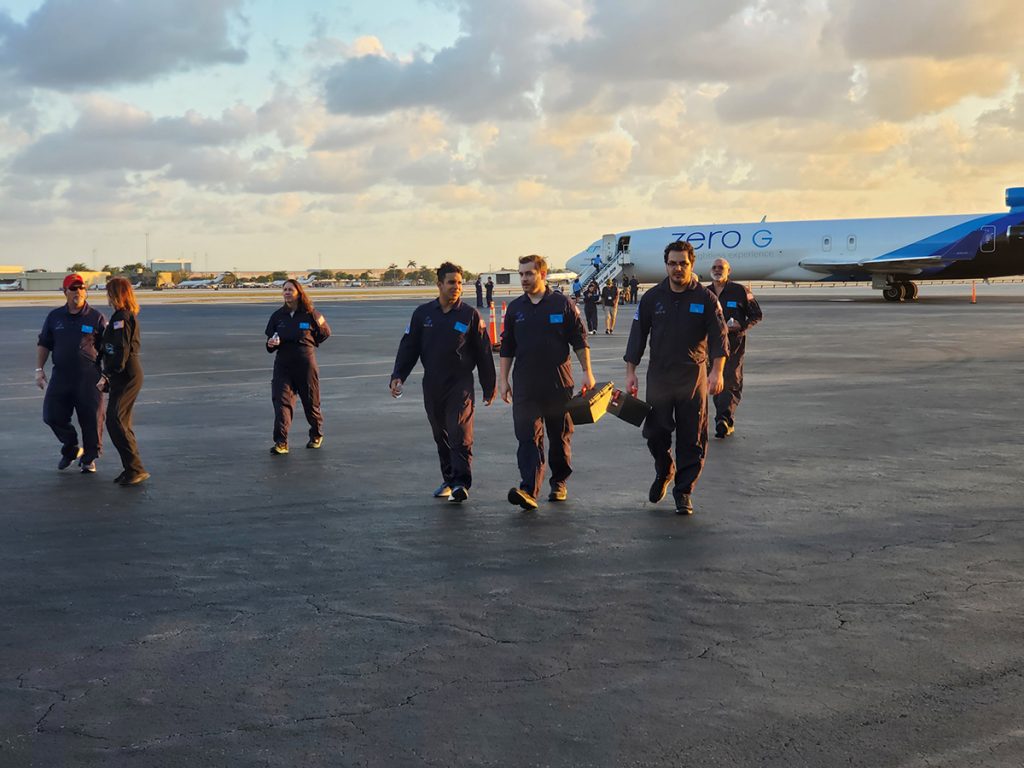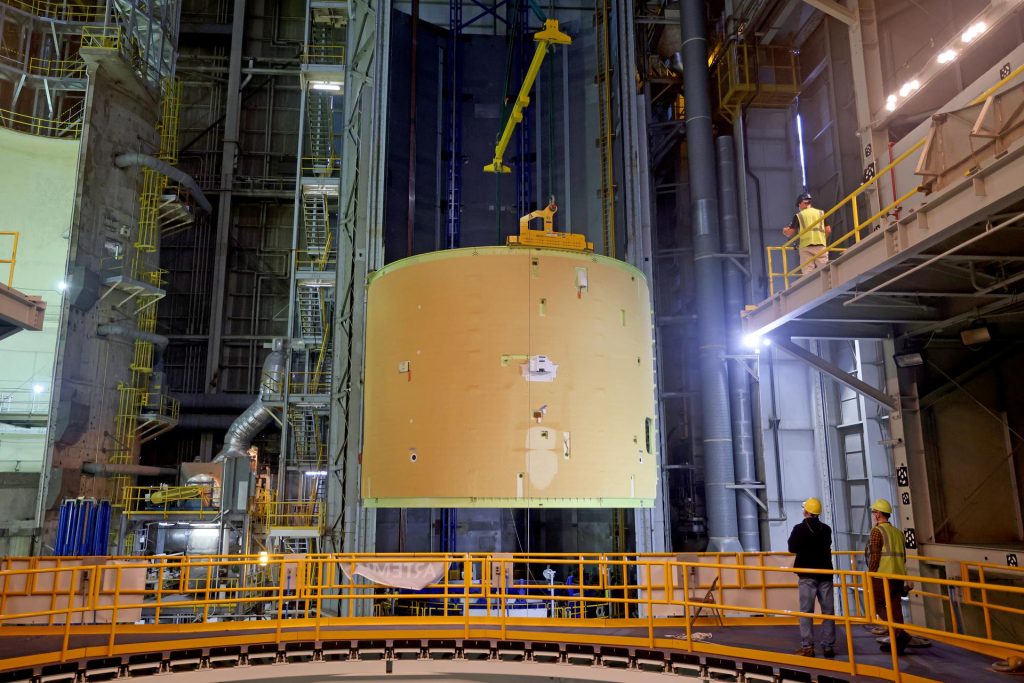It’s time again for one of the biggest meteor showers of the year! The Perseids are already showing up in our night skies—and when they peak in mid-August, it’s likely to be one of our most impressive skywatching opportunities for a while.

Our meteor-tracking cameras spotted their first Perseid on July 26, but your best chance to see them will start the night of Aug. 11. With the crescent moon setting early, the skies will be dark for the peak viewing hours of midnight (local time) to dawn on Aug. 12.

If you’re in the Northern Hemisphere, and far away from light pollution, you might spot more than 40 Perseids an hour! (If you’re in a city, you may only see a few every hour; skywatchers in the Southern Hemisphere will also see fewer Perseids, with none visible below about 30 degrees south latitude.) The night of Aug. 12-13 will be another great opportunity to see the Perseids: with a full Moon (and lower meteor activity) during the Perseids’ peak in 2022 and a waning crescent high in the sky for 2023, this might be your best chance to do some summer skywatching for a few years.
Find somewhere comfortable, avoiding bright lights as much as possible (yes, including your phone), and give your eyes some time to adjust to the dark—up to half an hour if you can. The Perseids will appear as quick, small streaks of light: they get their name because they look like they’re coming from the direction of the constellation Perseus (near Aries and Taurus in the night sky), but Perseids in that area can be hard to spot from the perspective of Earth. So just look up and enjoy the show!
If you can’t see the Perseids where you live, join NASA to watch them on social media! Tune in overnight Aug. 11-12 (10 PM–5 AM CDT; 3–10 AM UTC) on Facebook, Twitter and YouTube to look for meteors with space fans from around the world. If skies are cloudy the night of Aug. 11, we’ll try again the same time on Aug. 12-13. Our livestream is hosted by the Meteoroid Environment Office at NASA’s Marshall Space Flight Center, which tracks meteors, fireballs, and other uncommon sights in the night sky to inform the public and help keep our astronauts and spacecraft safe.
Where do the Perseids *actually* come from?
The Perseids are fragments of the comet Swift-Tuttle, which orbits between the Sun and beyond the orbit of Pluto once every 133 years. Every year, the Earth passes near the path of the comet, and the debris left behind by Swift-Tuttle shows up as meteors in our sky. (Don’t worry, there’s no chance that we’ll run into the actual comet anytime soon.)
Where can I go to learn more?
We’ve got some great space-rock lessons for students, starting with the biggest question: what’s the difference between an asteroid and a meteor? Our NASA Space Place site also has a kid-friendly introduction to meteor showers in general. If you’re looking for something a little more hands-on, try this asteroid-building classroom activity—or, for an older audience, learn how to describe rocks like a NASA scientist.
And, if you want to know what else is in the night sky this month, check out the video below from Jet Propulsion Laboratory’s monthly “What’s Up” video series:
Happy skywatching!
by Brice Russ
























 The intertank contains avionics that are the “brains” of the rocket. It also serves as one of the main attach points for the twin solid rocket boosters that work with the core stage to send SLS to space. The core stage will supply propellant and power to the four RS-25 engines at the bottom of the stage to produce the remaining 2 million pounds of thrust needed to send the Artemis II mission to orbit.
The intertank contains avionics that are the “brains” of the rocket. It also serves as one of the main attach points for the twin solid rocket boosters that work with the core stage to send SLS to space. The core stage will supply propellant and power to the four RS-25 engines at the bottom of the stage to produce the remaining 2 million pounds of thrust needed to send the Artemis II mission to orbit.